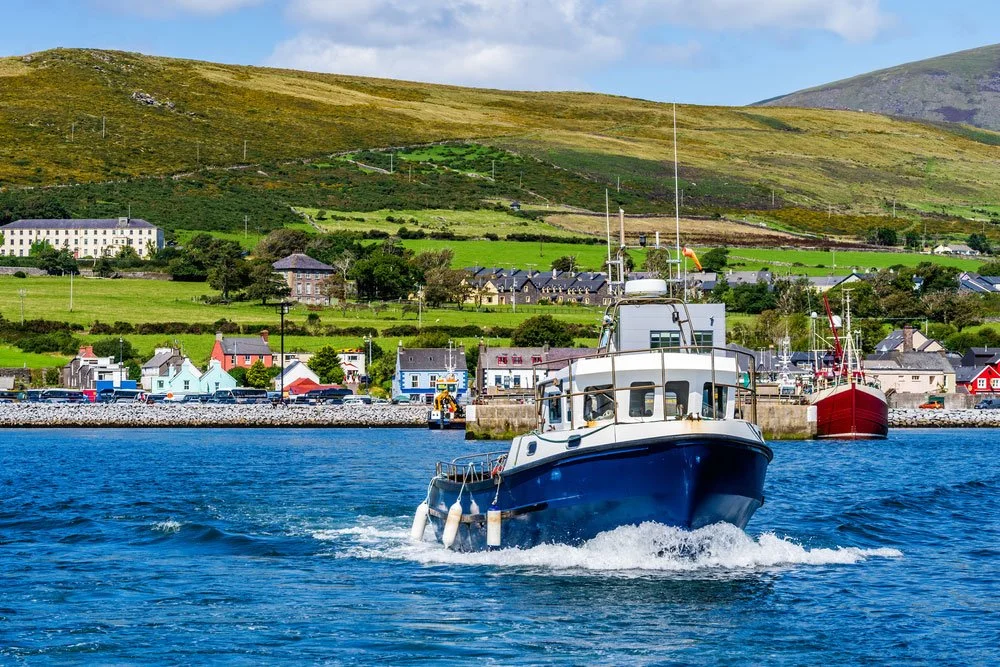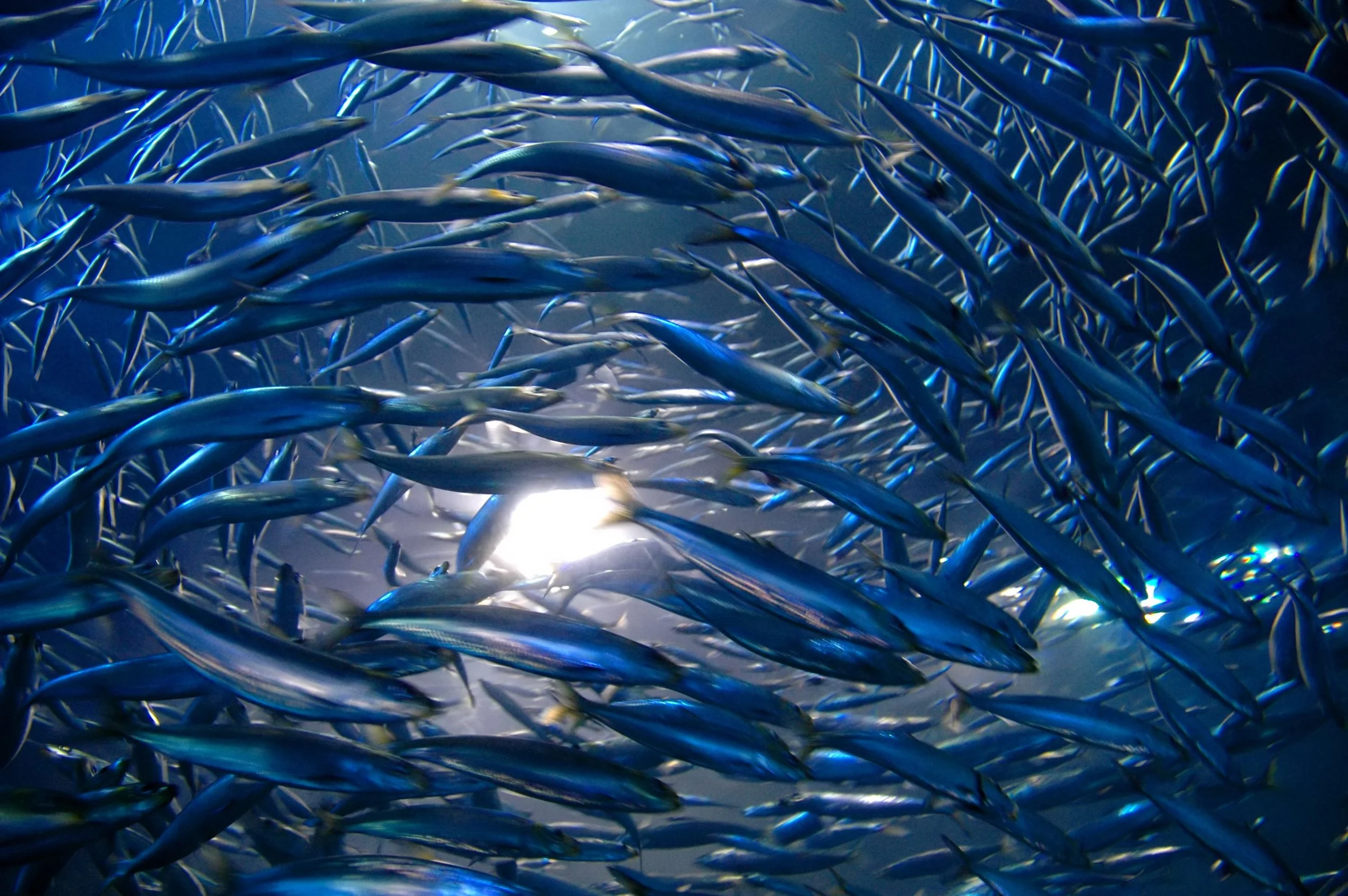Paper Parks: Should we Rely on Marine Protected Areas to Protect our Oceans?
By Science and Environment Editor Leah Moynihan
In Cork city community hall, the air was tense. The organisers had outlined their strategy on marine protection in a passionate presentation, and the attendees seemed equally enthusiastic. Yet, they could not be fooled by this ‘theoretical’ dream. The second the organisers opened the floor to questions; dozens of hands flew up. Each person had an anxious look on their face, and I could predict exactly what question they were about to ask. This was because I too had that same anxious look. We wanted an answer; what is the point of having ‘protected areas’ on paper when there is no one enforcing them?
The aim of the conference was to promote the Fair Seas campaign and to involve local people in the process. Fair Seas is a collection of seven Irish NGOs with the shared aim of encouraging the government to establish more marine protected areas in Ireland through legislation. They want 30 per cent of Irish waters and land to be protected by 2030, with 10 per cent strictly protected. An ambitious goal, however, this number means nothing if the areas are not properly guarded against overfishing.
As can be widely seen in the media, our marine ecosystems are severely degraded. Plastic straws have taken the spotlight, yet one of the most damaging activities is large scale fishing. Its carbon footprint is four times more damaging than agriculture. A recent analysis found that 38 per cent of North Atlantic fish stocks are being overexploited. Sea birds and mammals are largely affected, as their main food source is vanishing. Furthermore, with an increasing human population, we need to protect a high-quality protein supply in our oceans. This can only be done by expanding the management of our global and local fisheries.
If spawning, nursery, and feeding grounds are protected, our oceans can recover. This will create a thriving blue economy.
One way of achieving this is by designating Marine Protected Areas or MPAs. These are areas of the marine environment that have governmental protection, like a marine national park. They protect biodiversity and mitigate against the climate crisis, as well as help coastal communities. They safeguard our resources by sheltering the habitats and organisms within them from human threats. They can also protect us with flood management benefits. Other names used internationally are marine reserves, marine sanctuaries, no-take zones, or marine parks. Currently, these designated areas cover roughly 0.8 per cent of the entire ocean, with most along coastlines. There are many kinds of protected areas as they can each have different goals. Strict MPAs completely restrict people from entering while multiple-use MPAs still permit some fishing. However, most MPAs allow local people to use the area in ways that do not harm the marine ecosystem.
There is evidence that protected areas that limit large scale fishing can help replenish fish stocks for local fisheries. For example, the New England fishery was severely affected by overfishing, when it was once one of the world’s largest operations. After an MPA was established, the fish population began to steadily increase. Another study found that fish biomass on average was 1.6 times higher inside MPAs than in equivalent unprotected areas. Fish populations outside of the designated areas also bounce back due to ‘spillover effects’. If spawning, nursery, and feeding grounds are protected, our oceans can recover. This will create a thriving blue economy.
Nevertheless, there is still widespread debate on the effectiveness of MPAs. This has led to barriers in implementing legislation in Ireland. Most high-level bodies agree that MPAs are important in achieving ecological benefits, yet they have their limits. Protected areas cannot prevent events that see no boundaries, such as ocean warming and pollution. Some of the best managed MPAs still struggle against climate change, as seen in the Great Barrier Reef. Furthermore, many MPAs have differing goals and resources which can lead to varying outcomes. Therefore, not all MPAs should be expected to meet high conservation objectives. It is simply not possible due to their condition or location. Research found that fish biomass in half of the studied protected areas was similar to adjacent fished locations. These are often known as ‘paper parks’, where they are protected areas only in name.
The most effective MPAs are at least ten years old, more than 100 sq. km, remote, and designated as no-take zones. Most importantly, they are well enforced. Strongly protected MPAs that only allow light fishing are well documented as being successful. Yet, the majority of established MPAs are not strongly protected, which can lead to uncertainty in their effectiveness. People question if the resources would be better spent on other projects. This leads to credibility and trust being lost. Protected areas with sufficient staff did almost three times better than their less funded counterparts. Therefore, the proper resources need to be allocated for MPAs to be anyway effective in achieving their conservation aims.
While there is extensive evidence on the ecological benefits, there is still doubt on whether MPAs help local people. Even with spillover, does this compensate for the reduced fishing to local communities? A Caribbean study found that commercially important fish species biomass improved inside and around the MPAs within a three-year period. Nonetheless, this argument is often criticised as it is countered that local communities are restricted within MPAs and that they earn less. Therefore, there is often conflict between coastal communities and conservation professionals. We must remember that MPAs effectiveness differs between developed and developing nations. In some cases, MPAs are the best tool while in different areas other approaches may be more appropriate. For example, in Tanzania local communities were unhappy with the management of the area. They claimed that eco-tourism benefits were allocated unfairly, and they were left marginalised. Multiple studies have found that how happy local communities are with MPAs depends heavily on the management.
MPAs can be an effective tool but they must be managed correctly to be successful. Investing in MPAs is costly so they should have clear objectives and understand that different species react in different ways. The aims need to be realistic so that people do not lose faith in the system. Additionally, we must not forget about traditional tools, such as catch restrictions, seasonal closures, and bans on certain types of fishing equipment. These can sometimes be even more successful than MPAs. We need to be creative and use a mix of approaches for management to be effective instead of relying on one. Most importantly, our awareness of MPAs impacts on local communities is presently exceptionally poor. We must concentrate further on the human element. Large scale fishing should be targeted while coastal communities who rely on the oceans for their livelihoods are protected. In this way, there will be greater local support for the implementation of protected area legislation.
From FairSeas
Ireland’s aim for 2020 was to have 10 per cent of our waters as designated protected areas. Ireland has missed out on this target significantly. Even if we do reach 30 per cent by 2030, the protection of an area varies depending on how strong the designation legislation is. There is a risk that these areas will become paper parks and that nothing will change. The quality of our MPA legislation, which Fair Seas is working tirelessly on, determines whether Ireland will reach its biodiversity targets. Nevertheless, there is good news, as Irelands protected waters jumped from 2.3 per cent in 2019, to 9.4 per cent at the start of 2024. At the first World Conference of National Parks in 1962, an ecologist insightfully stated, ‘man is using the sea at a great rate, polluting it, developing its borders […] If we do not press for marine as well as terrestrial sanctuaries and for regulations over our marine activities, then I ask again, who will?’.
Sign the petition and help pressure the Irish government to sign the MPA legislation;
FairSeas | Building a Movement of Ocean Stewardship




